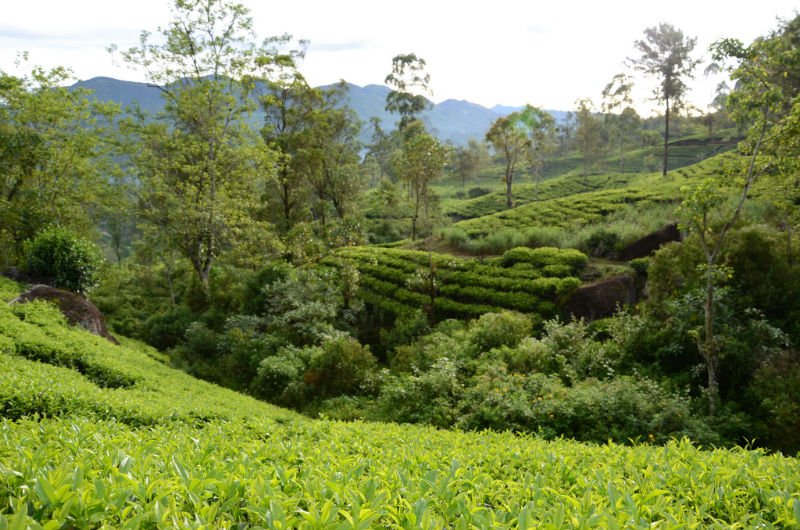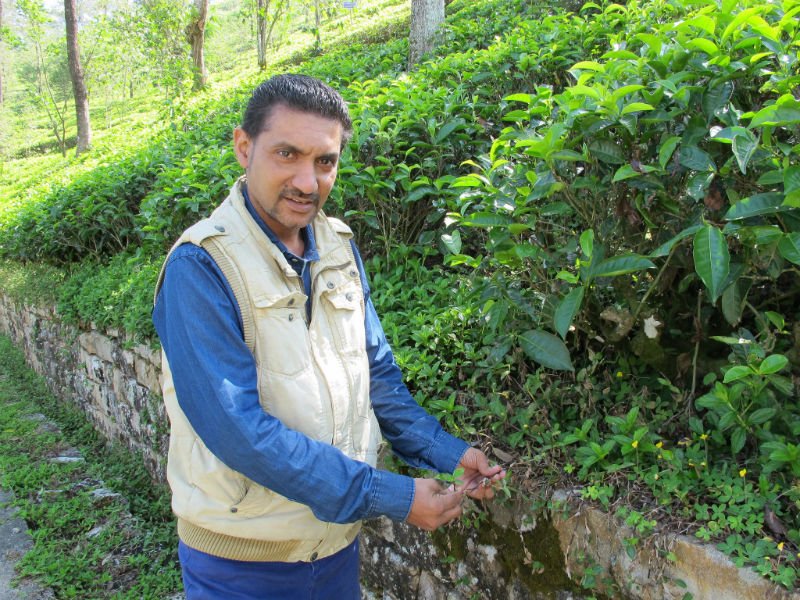This article is contributed in support of The Rainforest Alliance.
Climate change is turning the lives of farmers upside-down, and is fundamentally changing the way agriculture is practiced. Drastically different weather patterns, shorter growing seasons, extreme weather, and many other changes pose daunting problems for smallholder farmers around the world—especially in the tropics.
Foods that we consume daily—coffee, bananas, and cocoa come to mind—hail from these tropical regions, and in many cases, are mostly grown by smallholder farmers whose livelihoods depend on regular weather and consistent crop yields. These farmers are on the front lines of climate change, with little access to resources to help cushion the disruptions climate change can cause in their operations and within their daily lives. Since these farmers are often the most vulnerable to the effects of climate change, working with them to build “climate resilience” is critically important for global food security.
Being climate resilient means farms are empowered to better withstand and adapt to a changing climate—and be able to bounce back after extreme weather events.
The Rainforest Alliance works with farmers around the world to advance agricultural methods that boost farms’ productivity (thus reducing the need to cut down standing forests for more farmland) while decreasing greenhouse gas emissions. These “climate-smart” techniques also increase resilience against droughts, torrential rains, and changing growing seasons. Climate-smart agriculture is not a new form of agriculture. It’s a holistic system that identifies the risks posed by climate change and the best practices to address those challenges. Here are a few climate-smart tactics:
1. Have a plan
You need to know where you are to know where you’re going. Farms with a sound management plan are better poised to increase their food output, combat food insecurity, run more efficiently, save money, and reduce their climate impact. Starting with a baseline assessment, farm managers get a clear picture of how the farm operates, and how it can run more efficiently while producing more food. Running more efficiently means reducing greenhouse gas emissions. Producing more food with land already in use means reduced need for fresh farmland, cleared from forests. Meanwhile, farms also keep close track of weather and farm data, which can help them predict patterns and plan more effectively.
2. Water conservation
Access to freshwater is vital to any farming operation. Since agriculture consumes roughly 70 percent of the world’s freshwater, water conservation is urgent and necessary in areas where water is becoming increasingly scarce. Climate-smart agriculture promotes a number of water conservation practices, such as planting a buffer of trees and bushes along streams and rivers to prevent erosion and contamination from crop runoff. Another climate-smart water technique is to treat wastewater caused by agricultural processing before it is released back into waterways. This wastewater treatment system in this video, constructed for a Rainforest Alliance Certified™ coffee cooperative by our agricultural trainer in Rwanda, demonstrates how responsible water practices support the health and well-being of surrounding communities.
3. Save the soil!
On farms where climate-smart agriculture practices are used, the soil is treated almost as if it were a crop. Not only does fertile soil impart better flavor and higher nutritional value to food, soil is one of the biggest carbon sinks on the planet. Tending to the soil increases the amount of greenhouse gasses sequestered, and means healthier plants with higher yields. Healthy soil holds more moisture, keeping plant roots hydrated in dry periods. Soil conservation methods such as contour planting or no-till farming reduce erosion, keeping the soil in place during heavy rains or floods—a major concern in certain parts of the world such as India. Regular compost applications enrich the soil and minimize need for commercial fertilizers. All this equates to higher climate resilience for farms, and better soil for years down the road.

4. Get your hands dirty
Sometimes to get the job done, you have to get your hands dirty. Pulling weeds by hand instead of using chemical weed killers is more labor-intensive in the first year or two—but it is better for soil health and can lower a farmer’s greenhouse gas emissions and operating costs. Mahendra Peiris, the manager of the Hapugastenna Tea Estate in Sri Lanka, has lowered emissions and boosted crop yields on his estate through a program of selective manual weeding, where workers uproot “bad” weeds (which are later composted) while allowing “good” weeds to grow and restore nitrogen to the soil. Farmers using this climate-smart method have not only nixed the expense of chemical herbicides and fertilizers; they have also boosted crop yields without clearing more forest, because their soil is now more fertile.

5. More trees, please
Farmers using climate-smart practices understand that trees do a lot on farms: they can act as windbreaks, reducing soil erosion; they can enrich soil; they can filter water, resulting in higher water quality; they provide shade for workers and shade-loving plants; they create habitat for wildlife and wildlife corridors; they suck up and store greenhouse gasses—the list goes on. Approximately 80 percent of deforestation is caused by agricultural expansion, and that conversion from forest to cropland produces a significant amount greenhouse gas emissions. But farmers who utilize climate smart agriculture practices have lesser need to expand their farms—higher yields negate the need to clear forest, and keeps those greenhouse gases sequestered in the forest.

The most important part of climate-smart agriculture as a holistic system is that it scales: from big farms cultivating thousands of acres, to smallholder farmers who live and work on fewer than 10 acres, to you working in your garden: these principles work. They can have positive effects for farmers, the land, water, and wildlife. It helps reduce agriculture’s negative climate impacts and boost positive ones, protecting surrounding forests and ecosystems, and promoting healthier, more resilient landscapes, which in the aggregate, contributes to climate change mitigation and food security.
For more info about climate-smart agriculture and the Rainforest Alliance’s work with farmers, please visit rainforest-alliance.org.